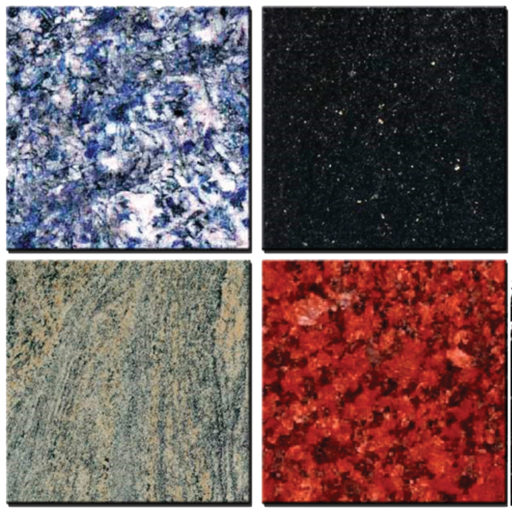(Know Your Stone)
We at EleMar Oregon LOVE natural stone! We love awaiting new arrivals like kids waiting for Santa on Christmas Eve. We love looking at it, analyzing it, examining its hidden gems, assessing its “WOW” factor and all that entails.
And, what we take quite seriously here, is our desire to educate those of you on the hunt for the perfect stone for your kitchen, bath, fireplace, outdoor kitchen, et al.
Although we have had a few actual geologists come through our warehouse, (Even they become speechless in the presence of so much natural beauty!), most of us are not predisposed to knowing the entire story of how the Earth was formed over the past billion years.
What your job becomes then, is to recognize when a stone’s natural color and composition sing to you. However, you should not limit your selection just to its beauty. How will it hold up under an onrush of red wine or spaghetti sauce? Where do you put that hot casserole you just grabbed out of the oven? Will my slab take on water, stain or chip? This is where a bit of geological ken comes in handy.
We always say that if you can wed the “pretty” with the “practical,” you’ve found your stone. So, let’s examine a bit closer, the common categories being applied to today’s residential and commercial use of stone.
ALL STONES ARE RELATED!
In the world of geology, all stones are related to each other. Depending on the geological changes in pressure, heat, erosion, squeezing, uplifting and the number of times these occurrences happen over eons of time, a limestone becomes marble; sandstone becomes quartzite; slate and schist become granite; mineral-laden water actually transforms into travertine and onyx.
The oddball among all of these remarkable rock stories is soapstone. It is nothing like any other stone. It is soft, yet dense. Scratching occurs just with a fingernail, yet acids, heat, stains don’t put a mark on this stone! Call it the father, son, daughter and uncle of all other metamorphic rocks. It’s just cool! (See our blog on The Earthly Wonders of Soapstone for more in-depth information.)
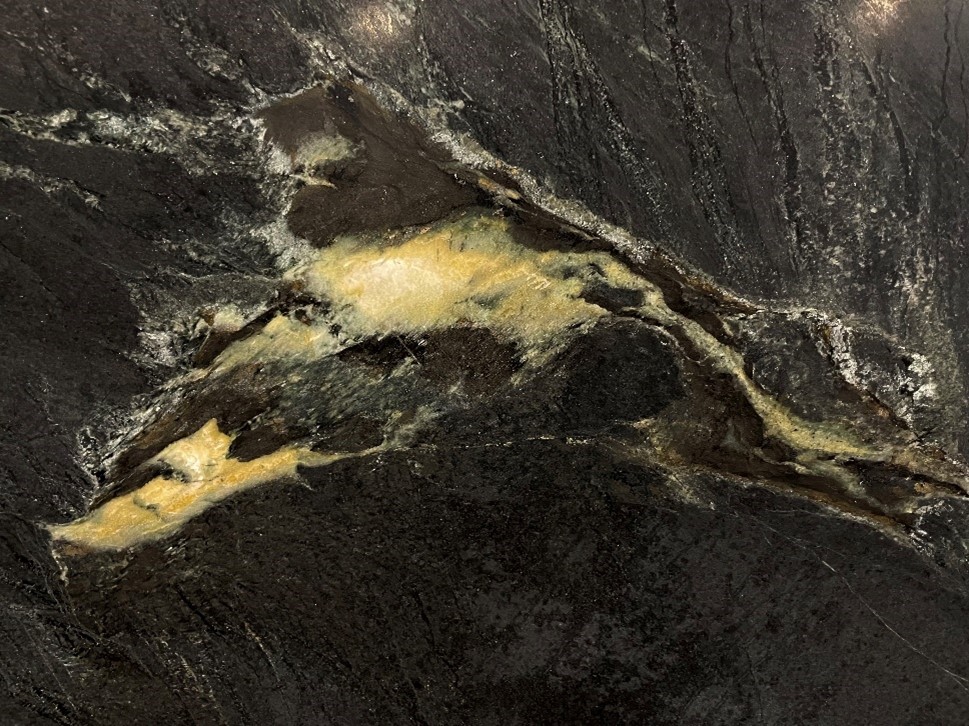
MOHS SCALE OF HARDNESS
The Mohs Scale is used to determine the hardness of rock, it’s density and susceptibility to scratching and marring. From 1-10 here is where our household stones rate:
- Soapstone: 1 (most likely to scratch). This is due to the high content of the mineral Talc.
- Marble: 3-4 (It will etch and stain). This is due to the high content of calcite and dolomite)
- Granite: 6 (Very resistant to scratching). This is a durable, hard rock due to the high content of feldspar and other mineral formations.
- Quartzite: 7 (Least likely to scratch). It is the high content of quartz that creates this hard-wearing stone.
*In case you’re wondering, a 10 on the Mohs Scale is a diamond!
ACID-RESISTANT STONES:
- Granite
- Schist
- Quartzite
- Soapstone
ACID-VUNERABLE STONES:
- Marble
- Limestone
- Onyx
- Travertine
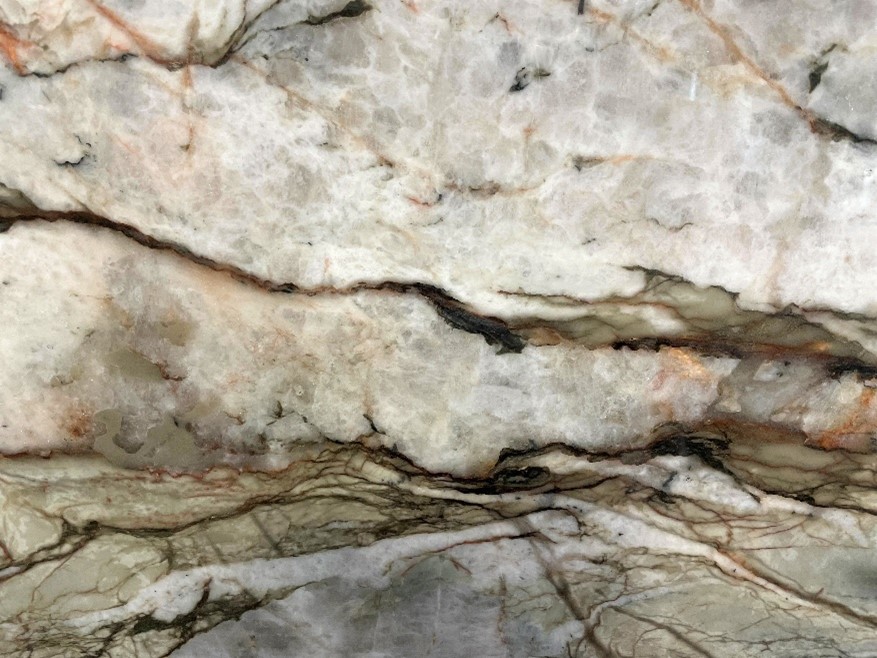
IS THAT THING PART OF THE STONE?
When you begin your exploration of natural stone, here are some typical characteristics and contents of each category of stone to expect when viewing slabs. With each geological event, stone continues to evolve. Inclusions are part of that evolution.
Inclusions are any mineral that is trapped inside of another mineral during that mineral’s formation. For example, crystals, liquid, gas bubbles, even those sharp black marks you may see, have been seized by another mineral’s geological development! Therefore, inclusions are the oldest part of a slab. We hope you enjoy them, for these are small details of a much more interesting tale of rock. They also make your slab unique!
Marble is a metamorphic rock that forms when limestone is subjected to heat and pressure over time. You will see compressed layers of crystalized clay from the original limestone that got heated and swirled around to create those stunning patterns of veins within the stone. You will see mica as a small sparkling speck along with quartz (white/off white inclusions), pyrite and graphite (grey inclusions). The three classic categories of marble include Carrara, Statuario and Calacatta. All provide variations within the stone.
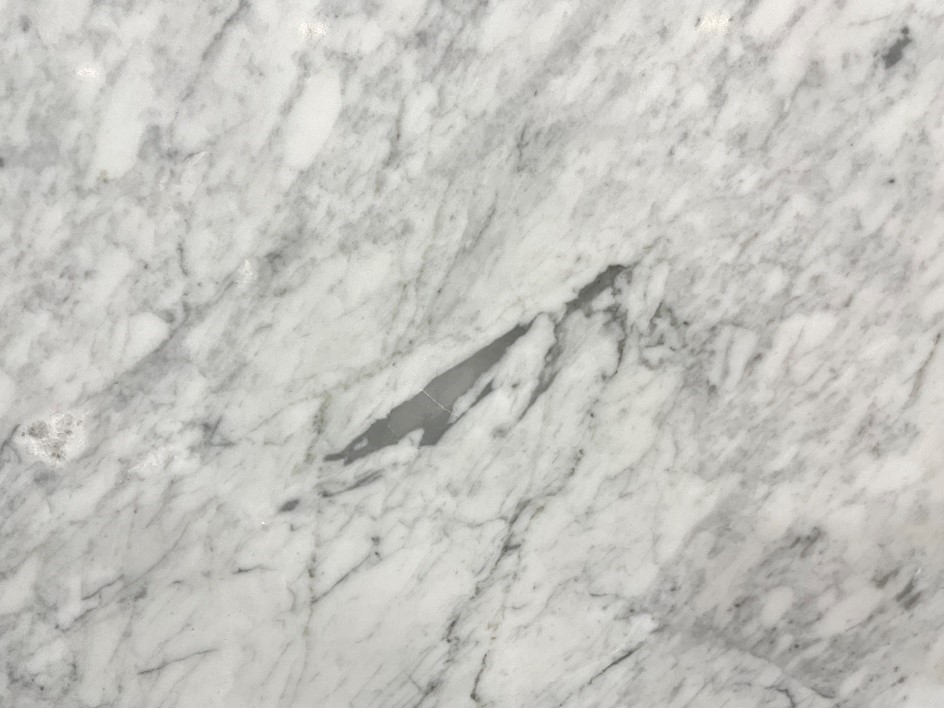
Quartzite forms when layers of sandstone get buried and compressed. Being a metamorphic stone, this happened very slowly and gradually over time. This causes many different gradations of these two stones. Sandstone is highly porous, while the longer geological road that Quartzite takes creates a bombproof material able to withstand just about everything you throw at it. (Well, don’t try throwing your cast iron pan at it!) The longer and more tightly compacted the layers become, the less porous a stone becomes. You will see many inclusions of the mineral quartz in Quartzite with a wide variety of colors from subtle warm whites to dark browns, greens and blues all created by the shifting of water, minerals, sand, etc. These slabs will always amaze you with the visual story they tell.
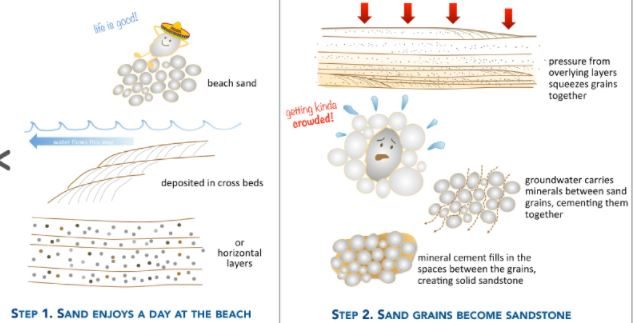
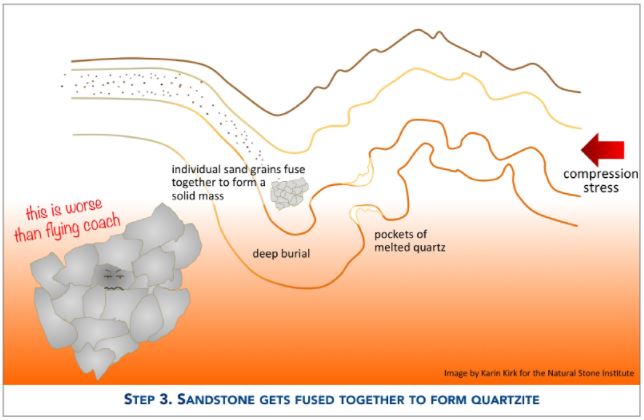
Granite is an igneous rock that is formed from magma either deep in the Earth’s crust or above ground in the form of lava. It begins as shale, a compressed clay. With continued pressure and heat it then becomes schist which is known for its glittery look due to its mica content. Continuing heat and pressure give way to gneiss which then gives way to granite, a stone made up mostly from Feldspar and quartz. Oh, boy, do you get to witness a geological story when you discover the beauty of granite! Inclusions galore! Quartz, pyrite (sometimes referred to as “Fool’s Gold”), mica flecks (think “sparkle”), et al.

Where does our natural stone originate from? We concentrate our efforts primarily in several regions of Brazil, India, North Africa and Italy for our marbles. We do carry, when available, Volga or Polar Blue granite from the Ukraine. Our soapstones are found in quarries in Brazil. All three types of marble come from the Dolomite Mountains outside of Carrara, Italy.
We take great pride in offering you a wide variety of unique, quality natural stones, not seen elsewhere. Come visit nature’s gallery and hand select your perfect stone – the one your neighbors have never seen before!

The Team at EleMar Oregon
